I visited Presidio / Golden Gate Bridge and Fort Point the other day and these are some of my photos.

There's a shuttle to Presidio from downtown.
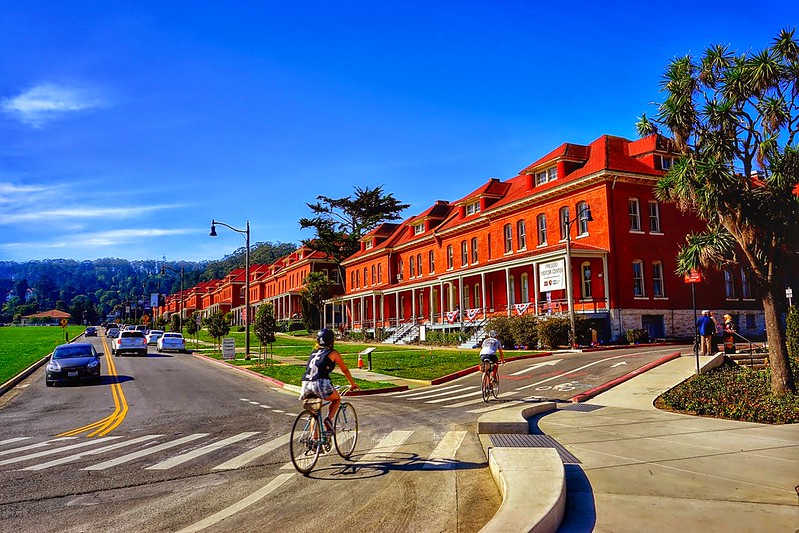
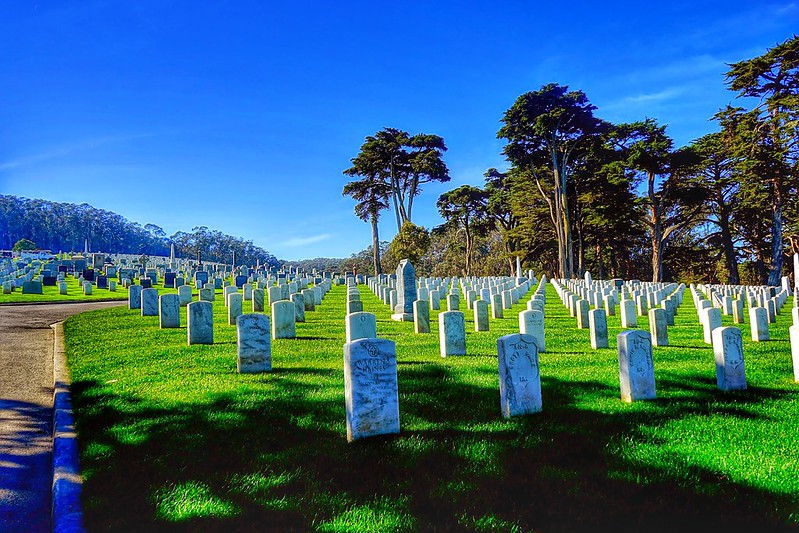



View of Alcatraz
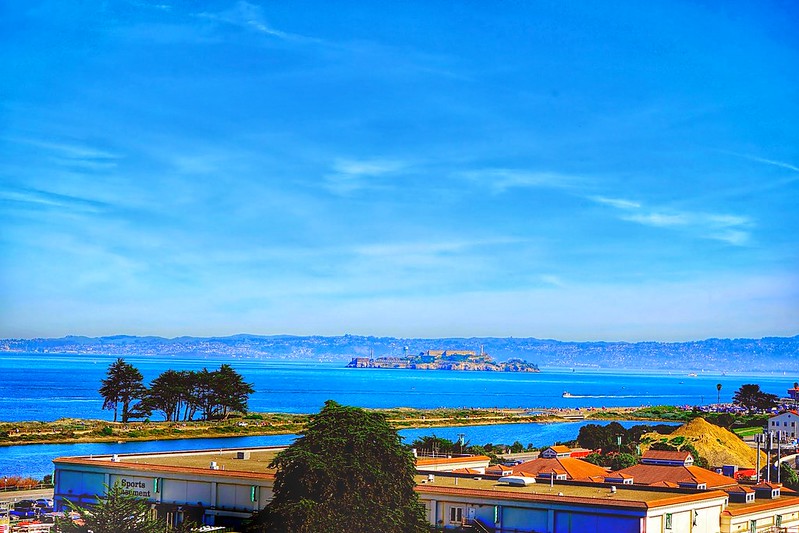

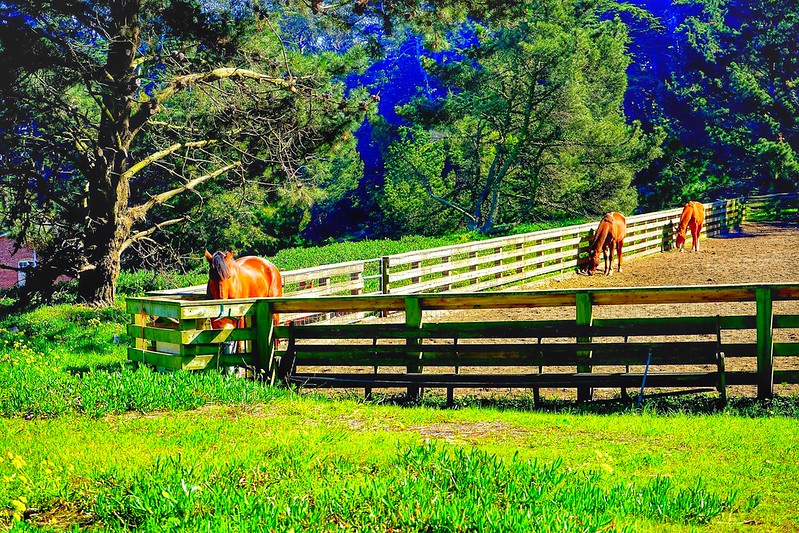

Crissy Field and view of San Francisco

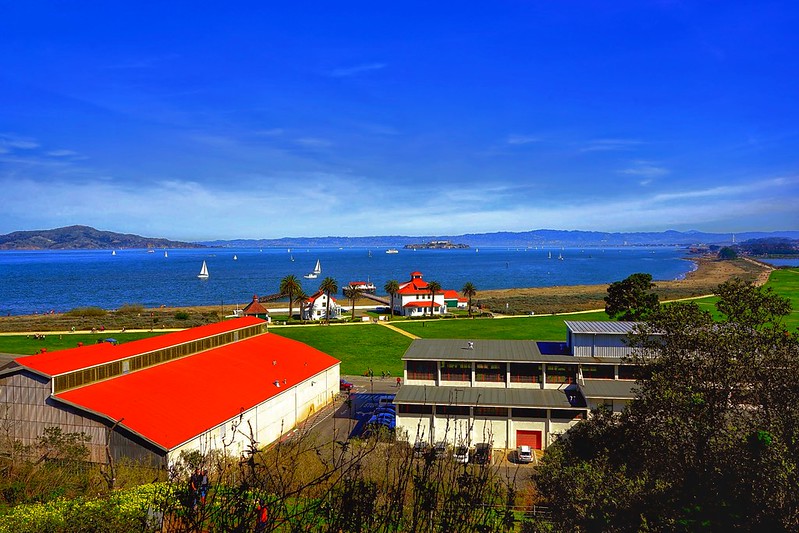

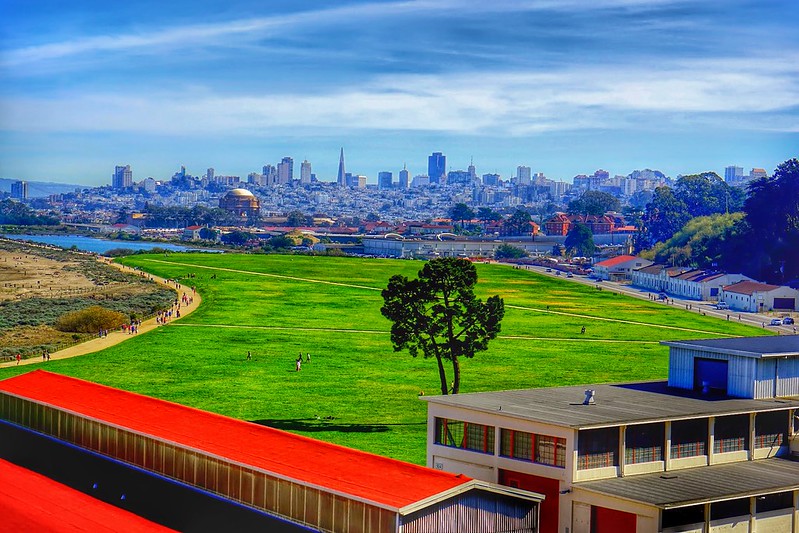
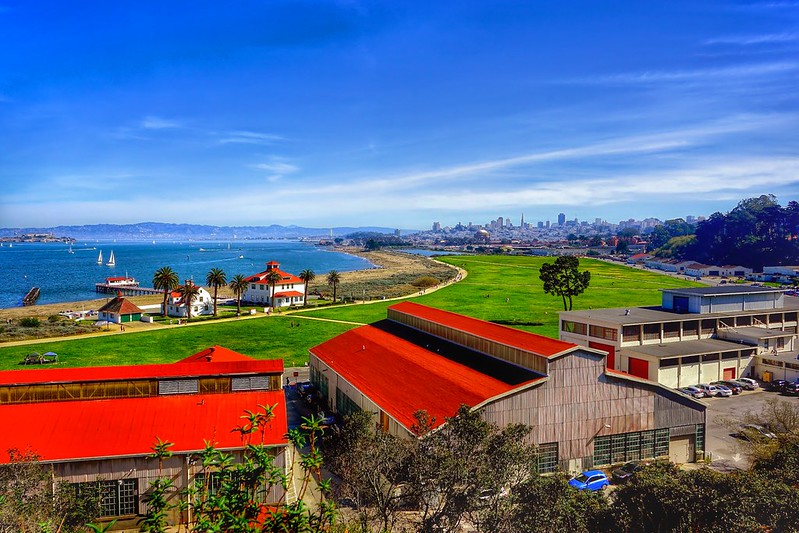
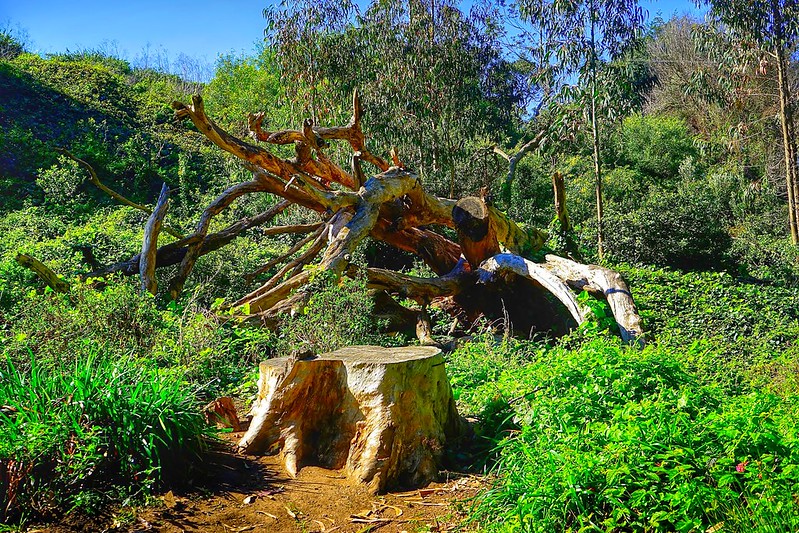

Getting closer to Golden Gate Bridge
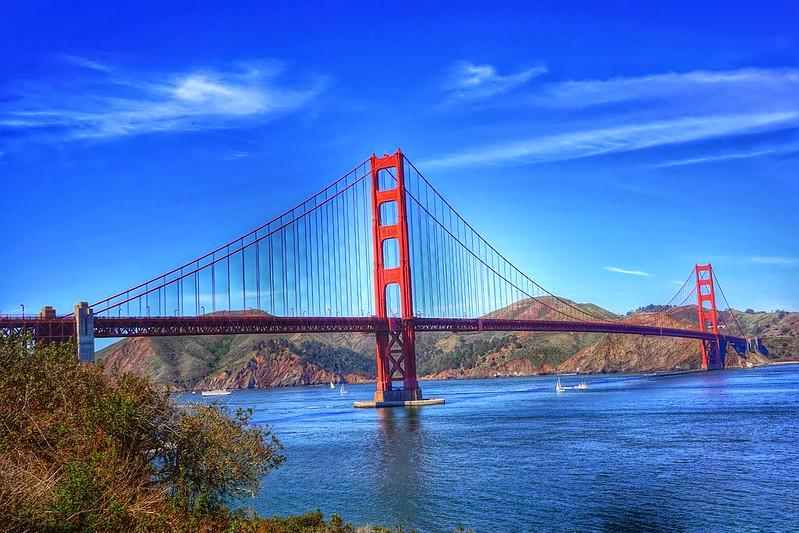

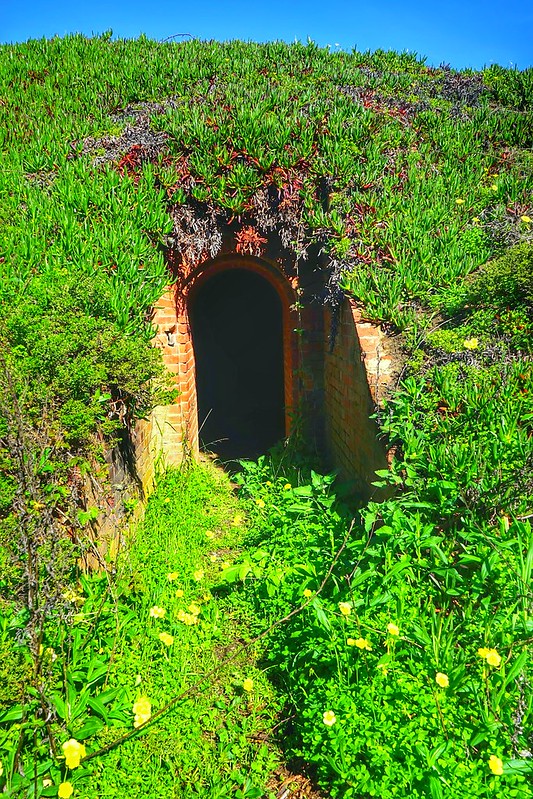
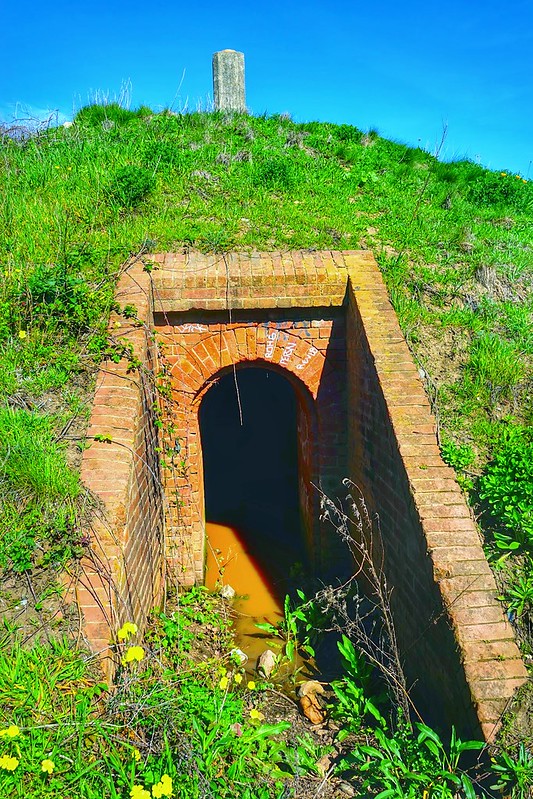
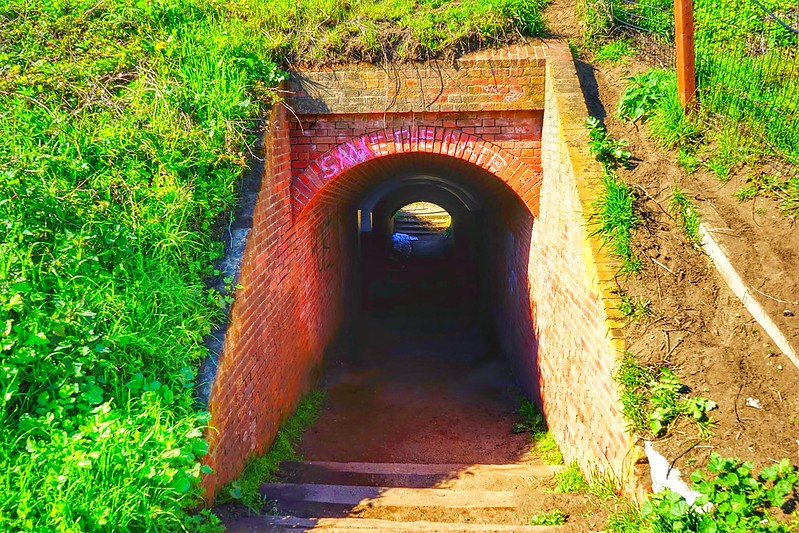


Walking across Golden Gate Bridge on foot.
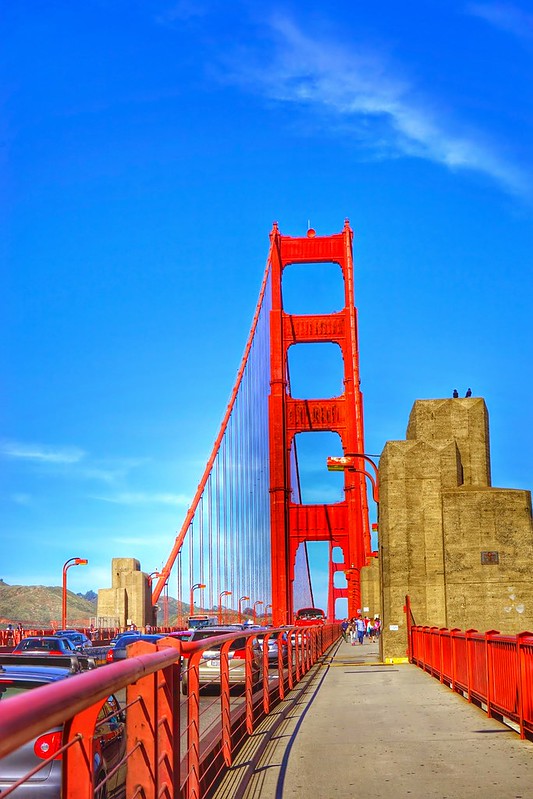
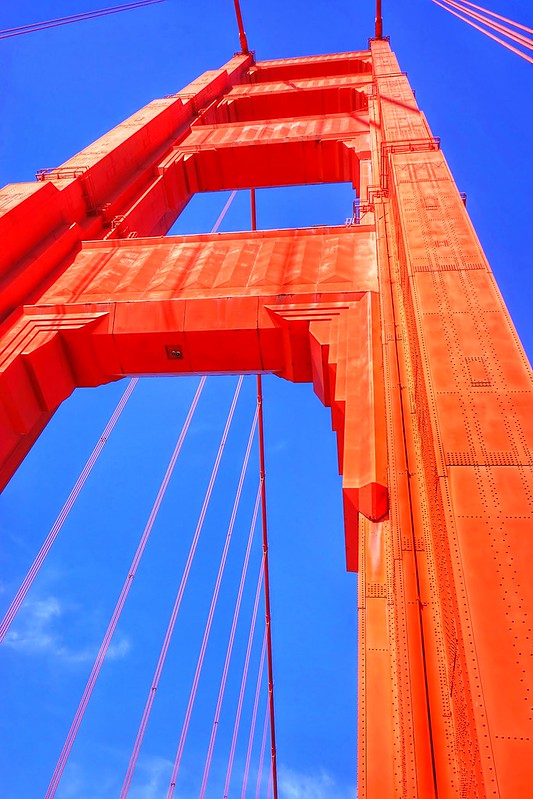




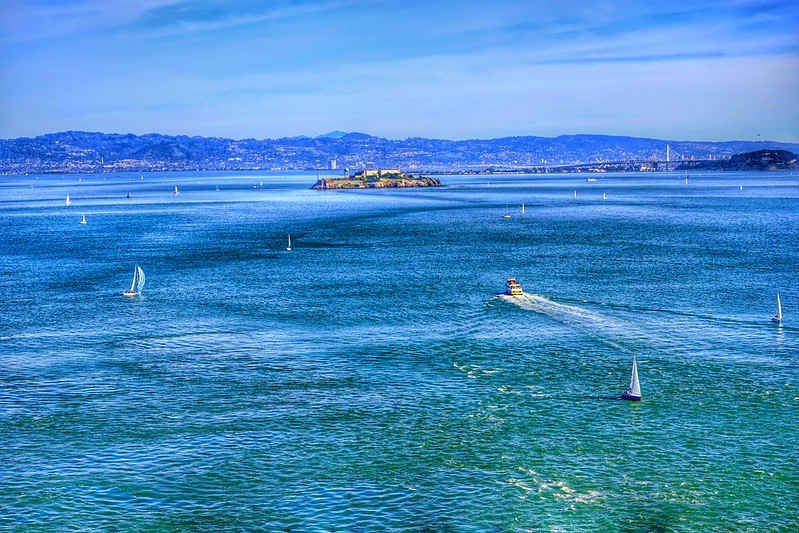
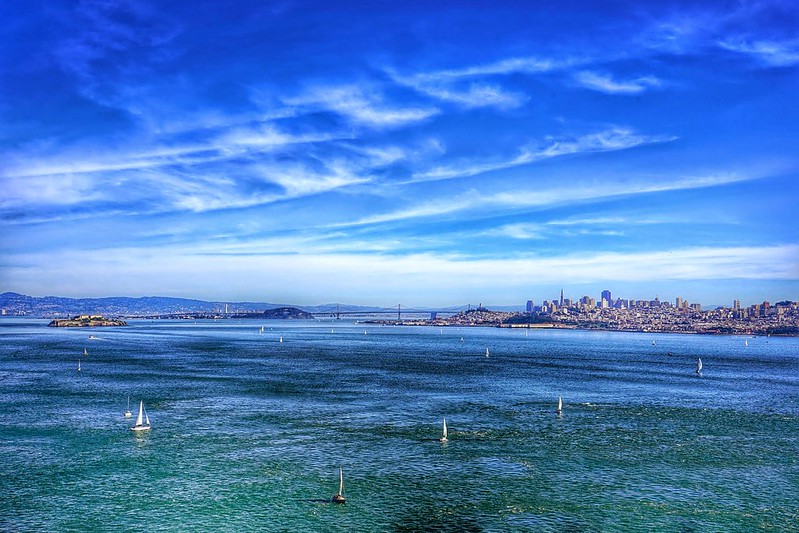


There's a light house under us.
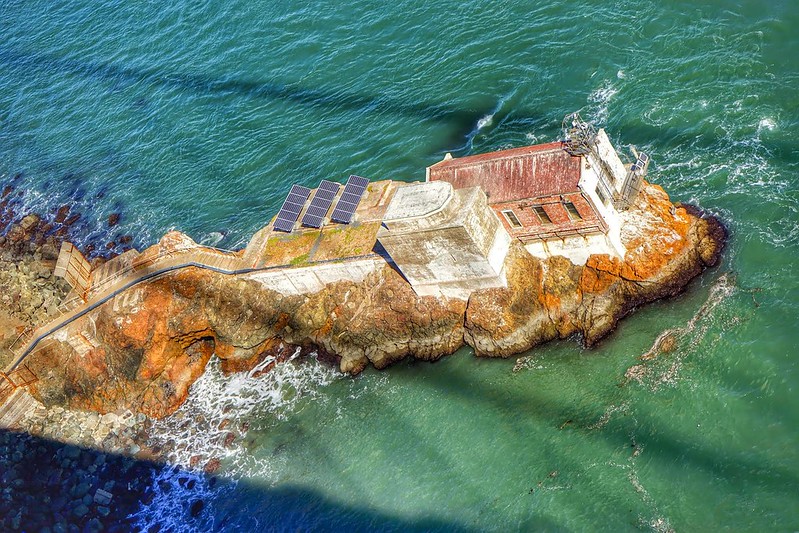
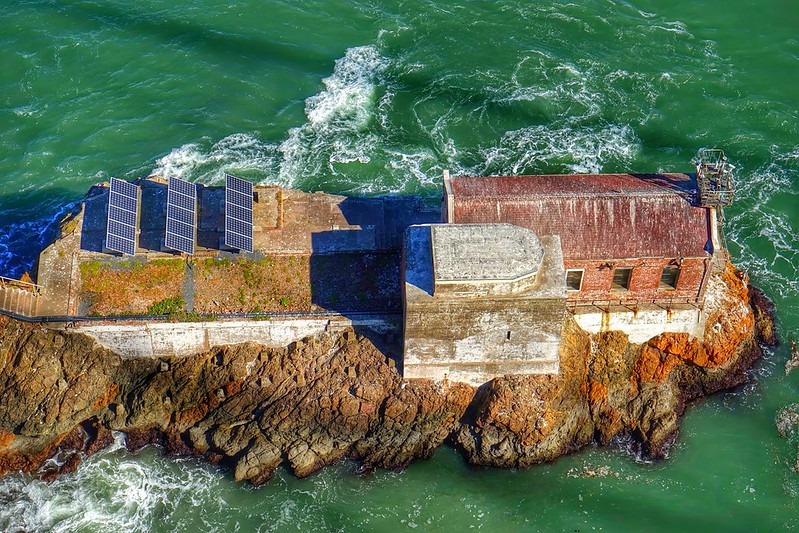
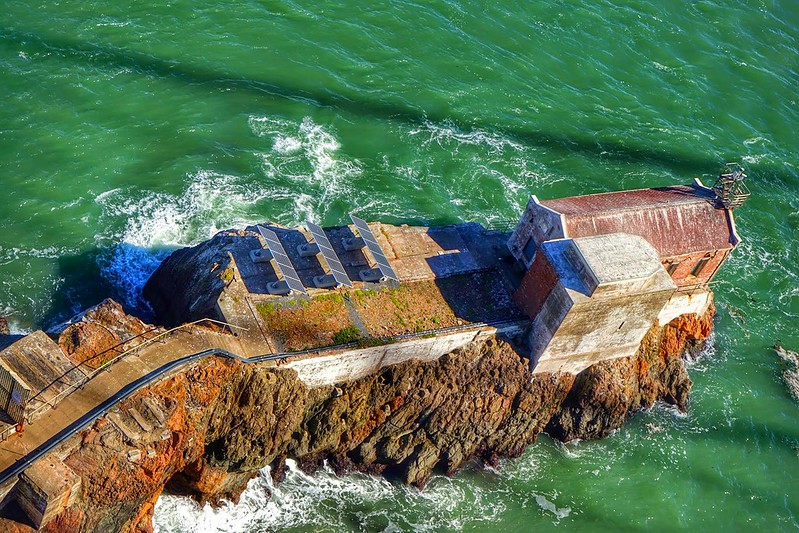
The other side of the bridge!
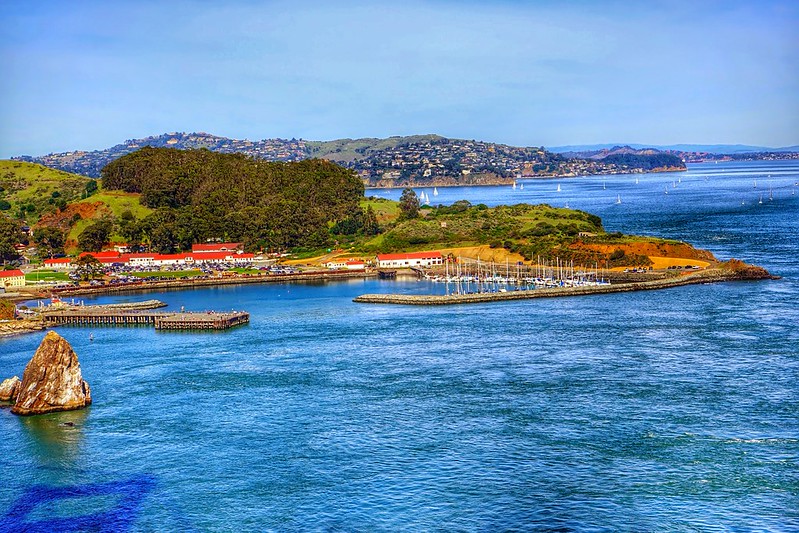
Walking back to SF side.
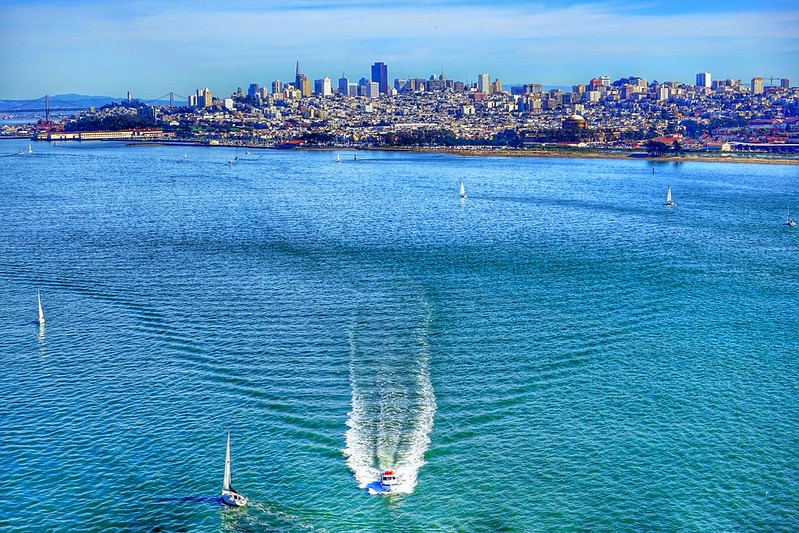

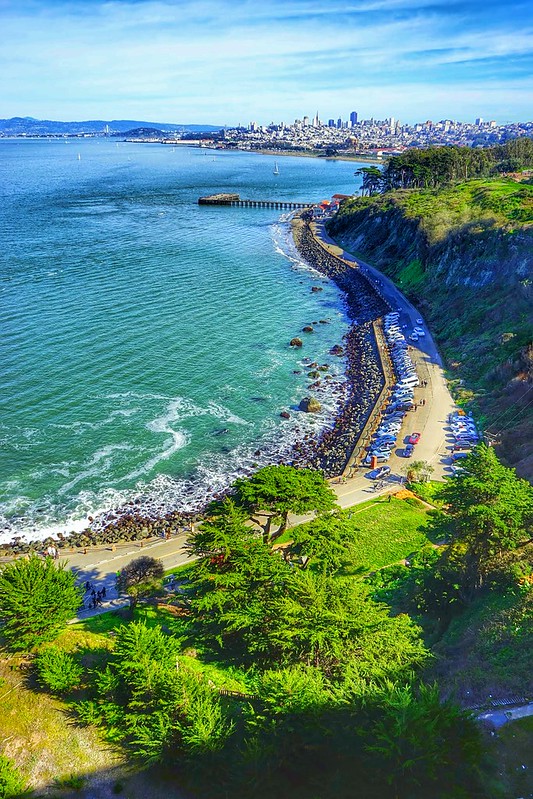
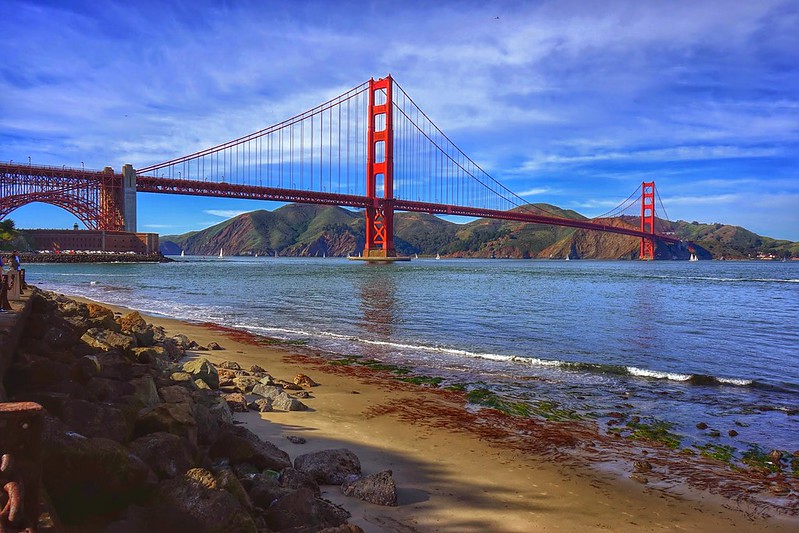
Walking down to Fort Point- it's right under Golden Gate Bridge.
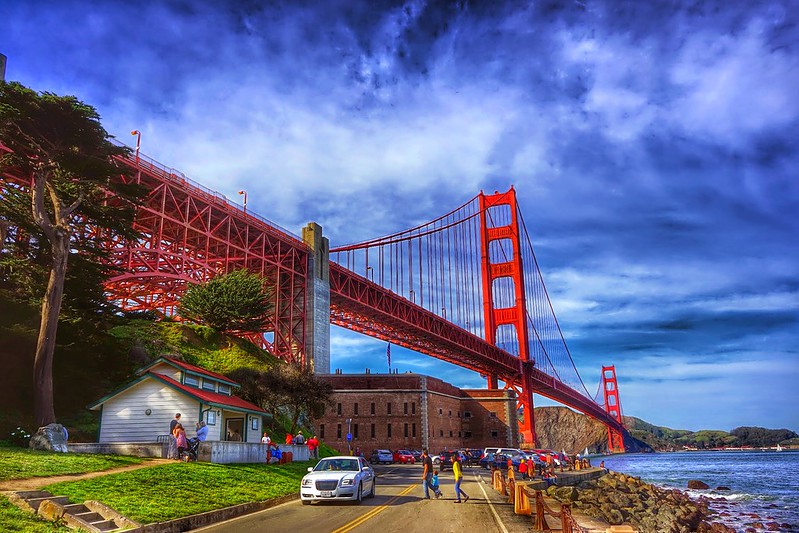
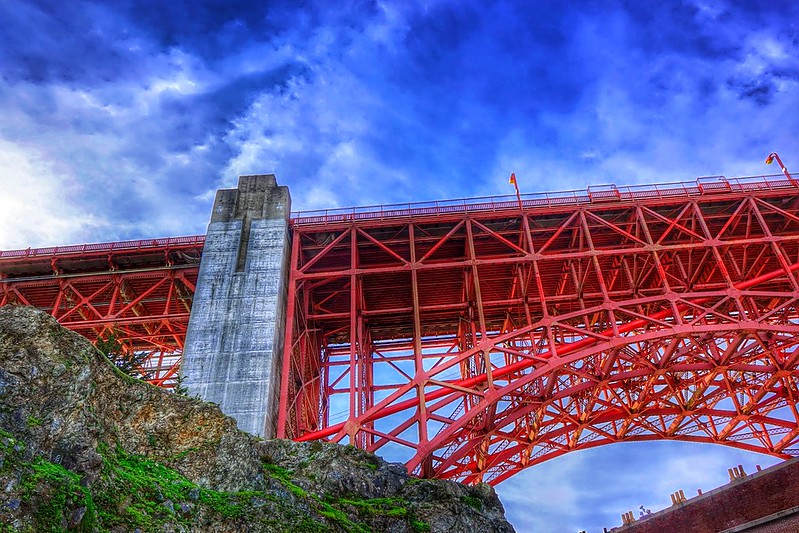

Inside Fort Point.
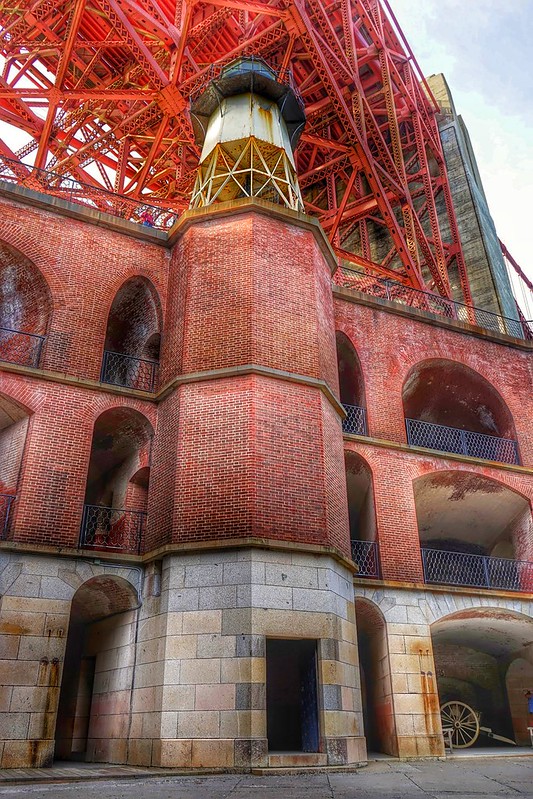
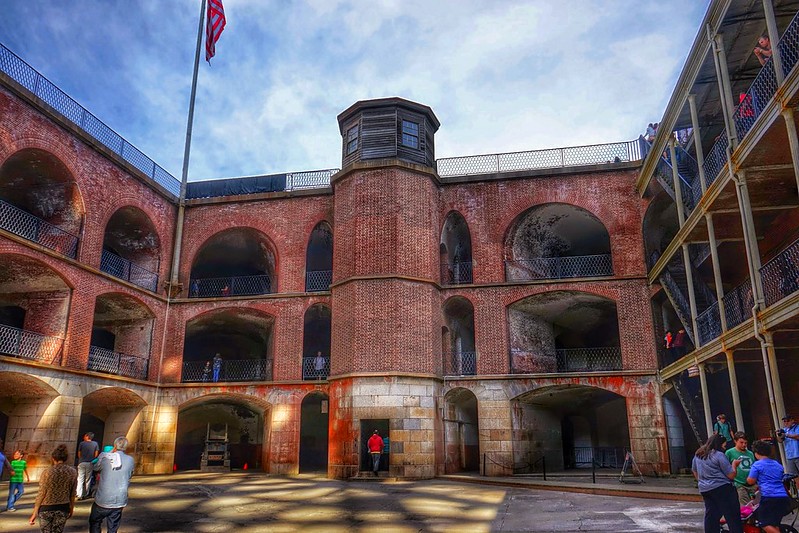
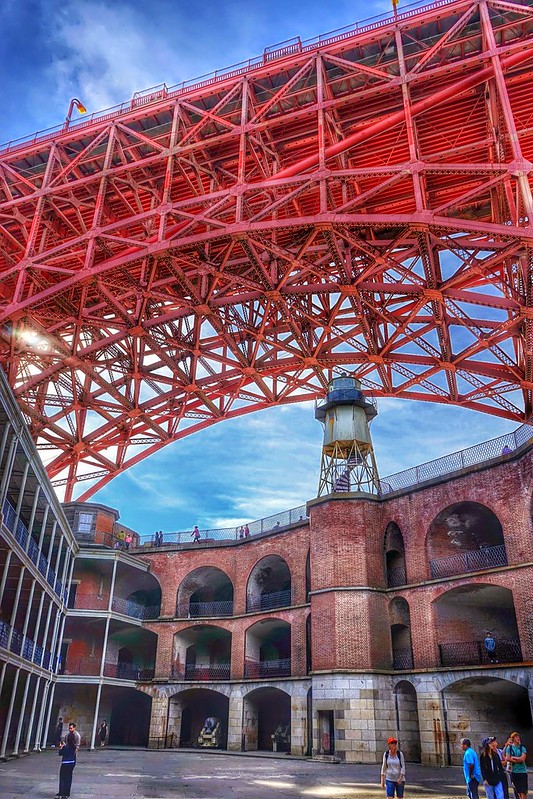

Lots of cannons.

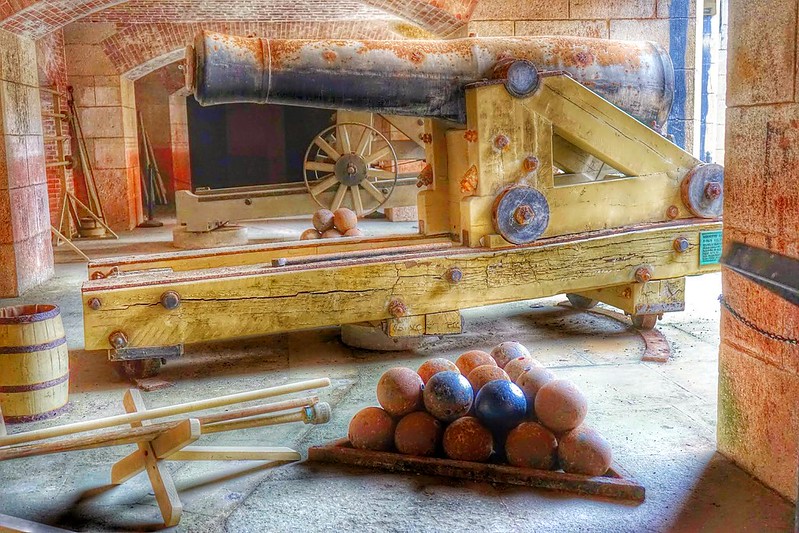





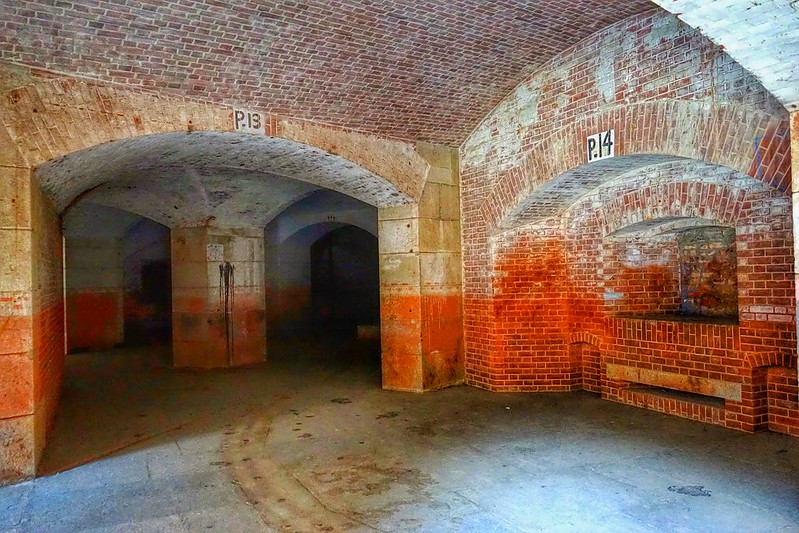
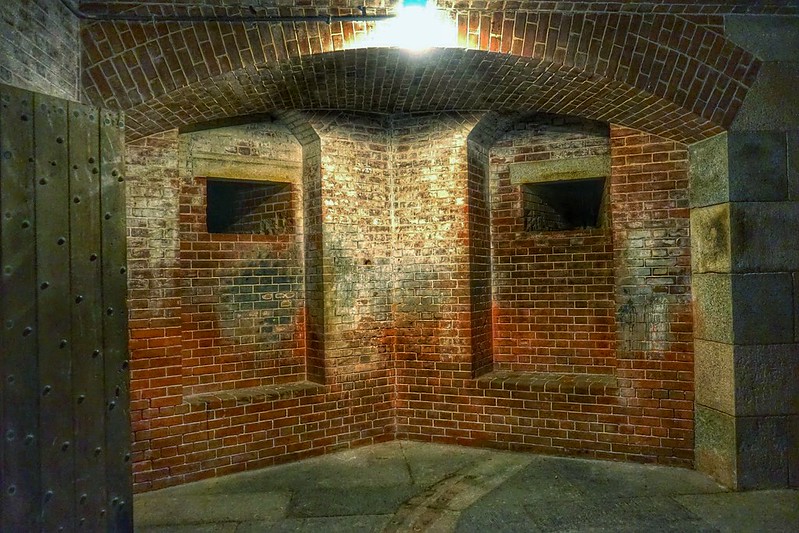
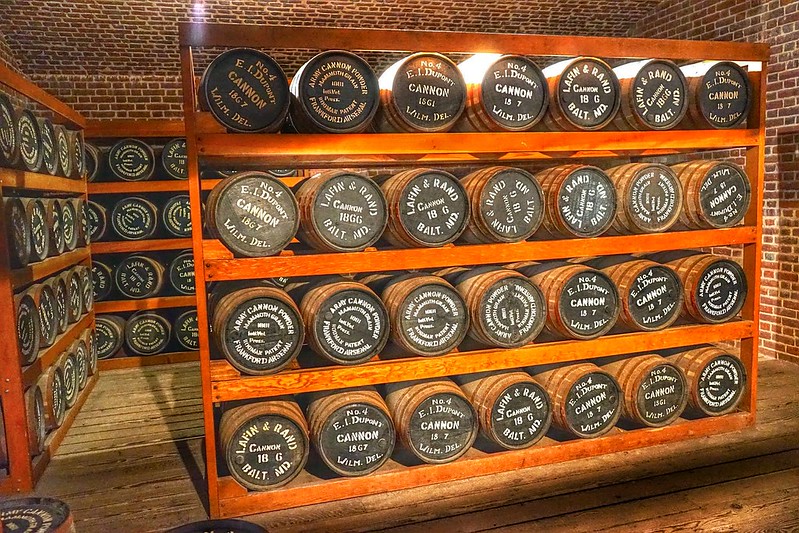
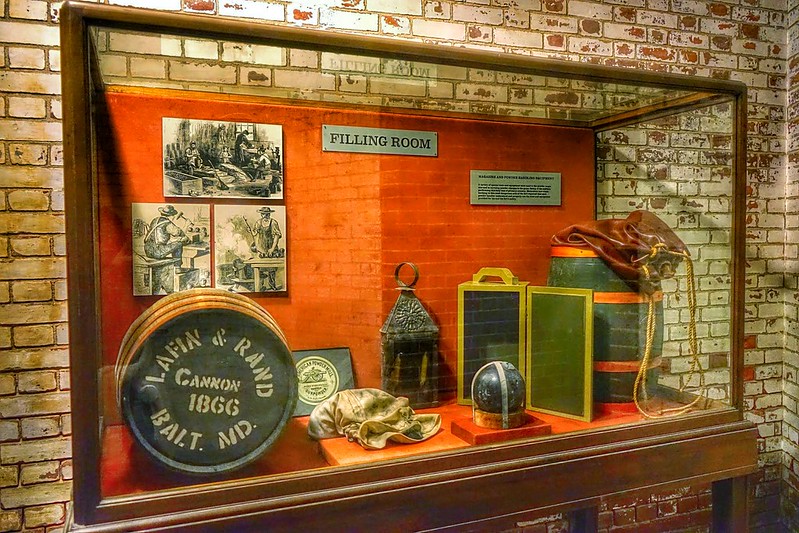

Entering the exhibit section.

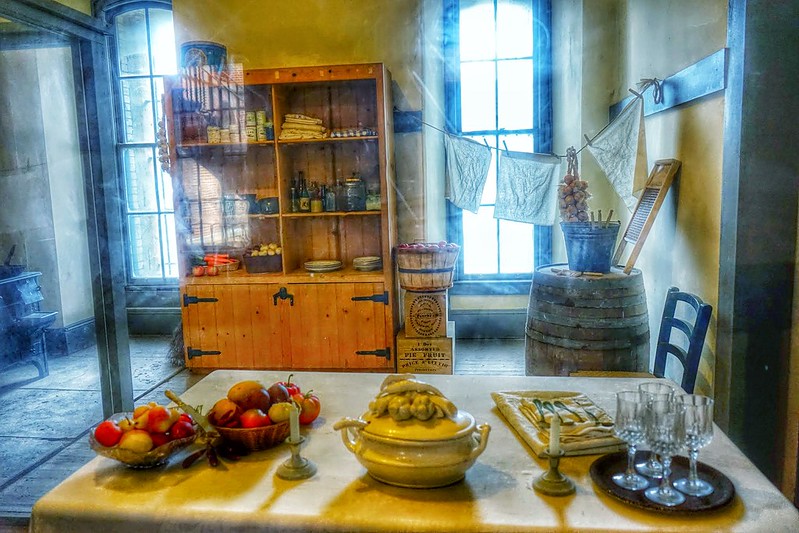
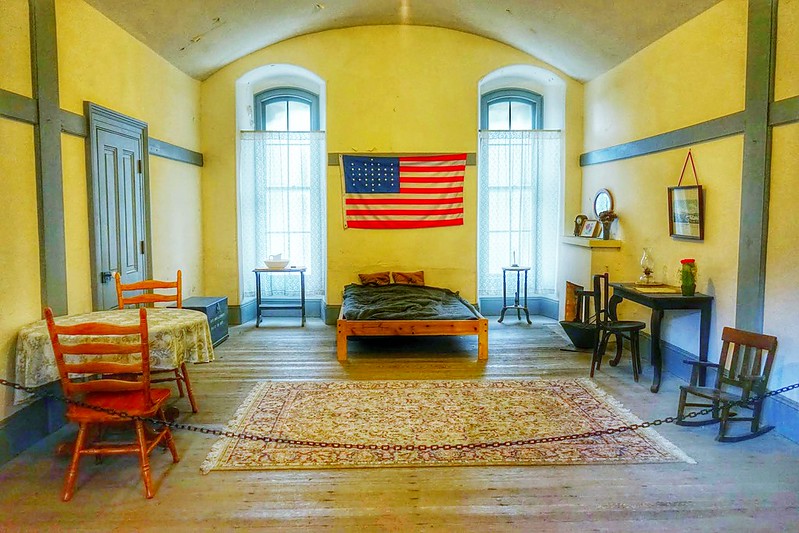

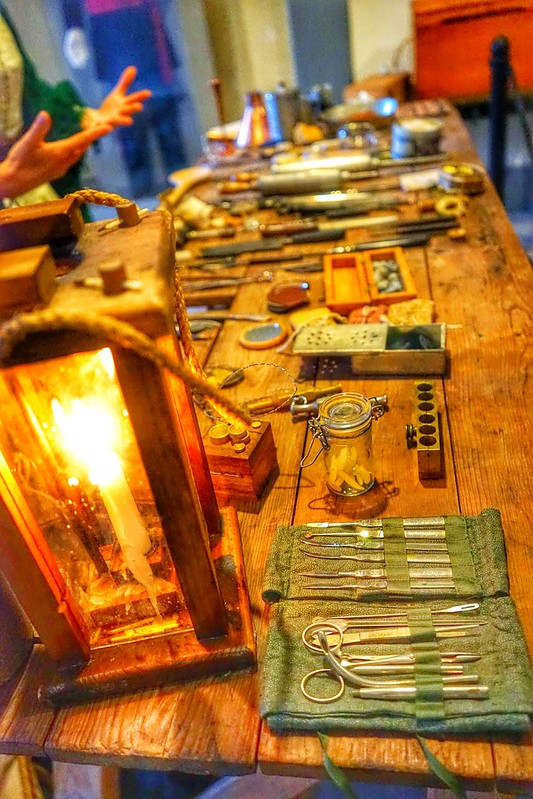
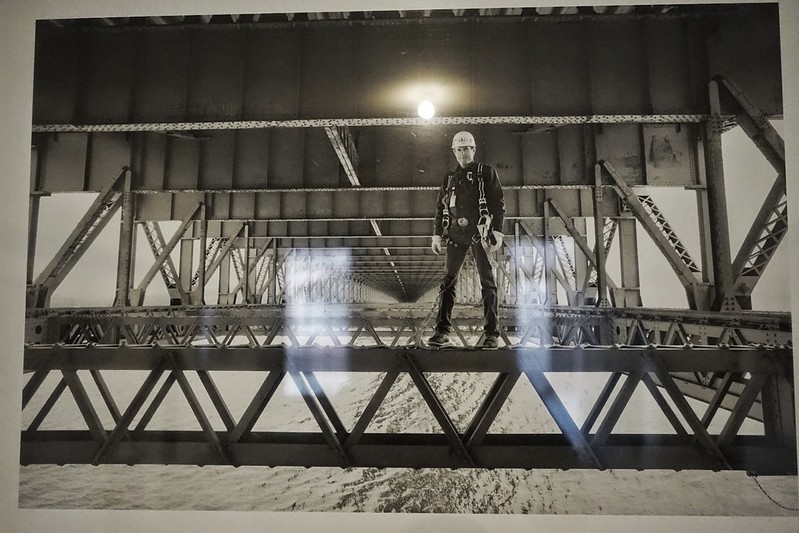
They also had exhibits of the history of African American soldiers in US - the "Buffalo Soldiers".
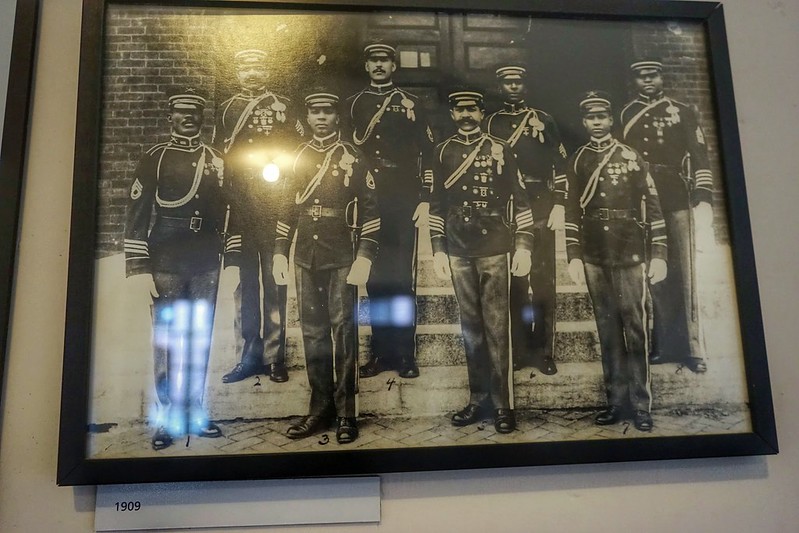
They fought courageously and with patriotism, but "off the battlefield they experienced discrimination, segregation and repressive laws".
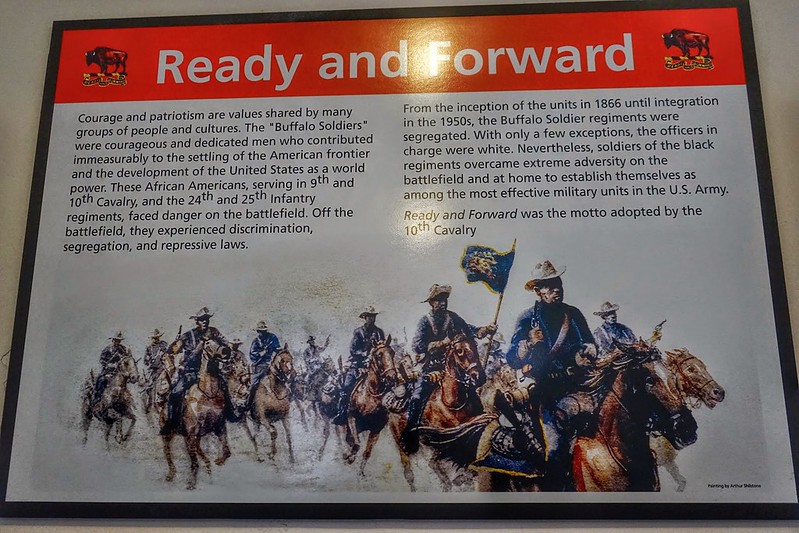
"After the Spanish-American War, the United States remained in Puerto Rico, Guam and Philippines." "There was considerable opposition to the Philippine War within the African American community of the United States. Many black leaders and newspapers supported Filipino independence and felt it was wrong for the United States to subjugate non-whites in what was perceived to be the beginnings of a colonial empire, In spite of this, most African Americans felt that a good showing by black troops in the Philippines would enhance their cause for equality at home."

"During the First World War, the U.S. Army grew to its greatest size since the Civil War. Thousands of blacks either enlisted or were drafted. Many felt the Buffalo Soldiers would form the core of an all-black combat division, but they were denied duty on the Western Front. Instead, the 24th Infantry and 10th Cavalry were assigned to the Mexican border, where the military said a dependable force was needed."
"During the war, President Wilson thought blacks should not hold positions of authority in the Army, particularly in combat. Combat-trained African American officers were sent home and replaced by whites. Most black troops were placed in segregated 92nd and 93rd Divisions."

"Black men and women formed nearly 10% of the military during the World War2."
"African Americans felt they had the right and duty to fight for their country, but, as in World War 1, the War Department considered them unqualified for combat and assigned combat-trained black soldiers to service and supply roles behind the lines."
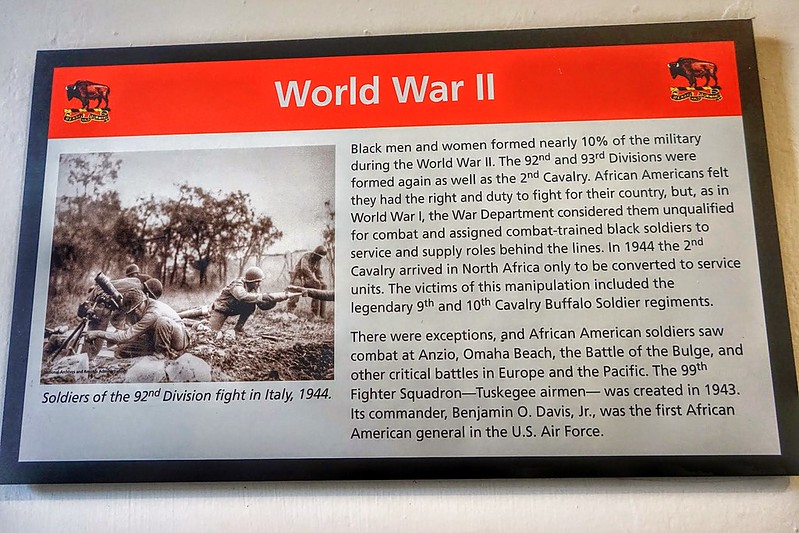
Back outside in Fort Point.
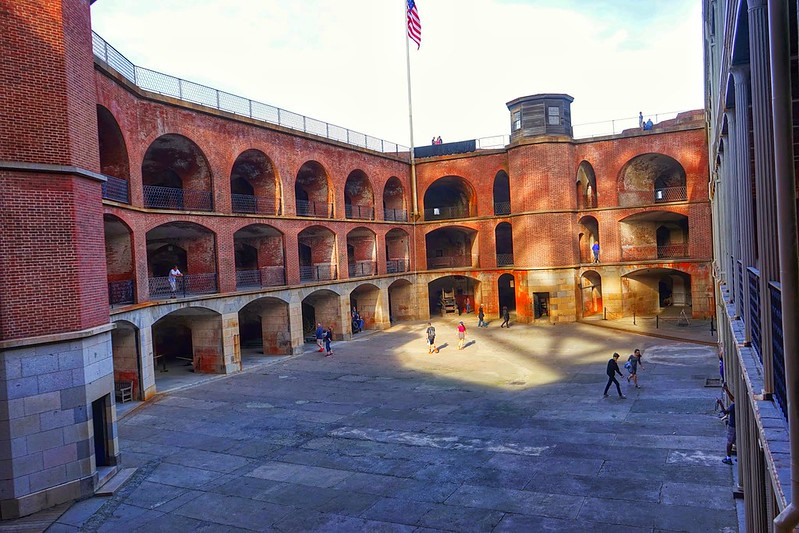

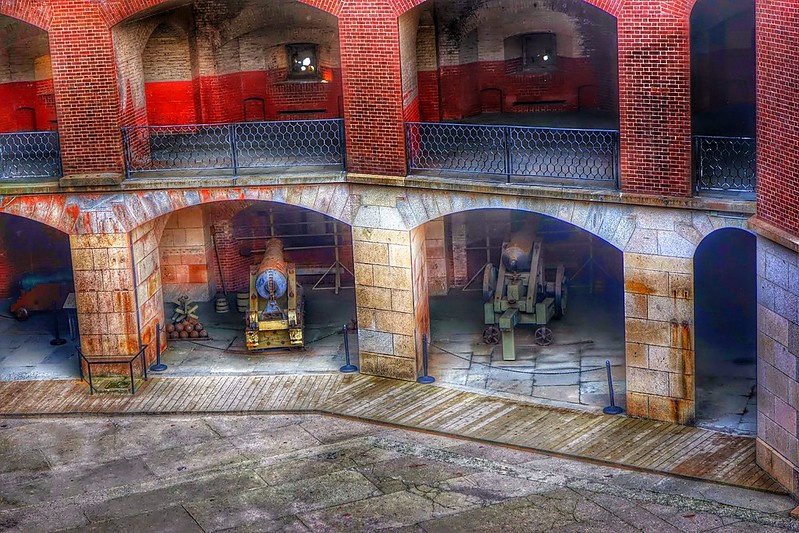

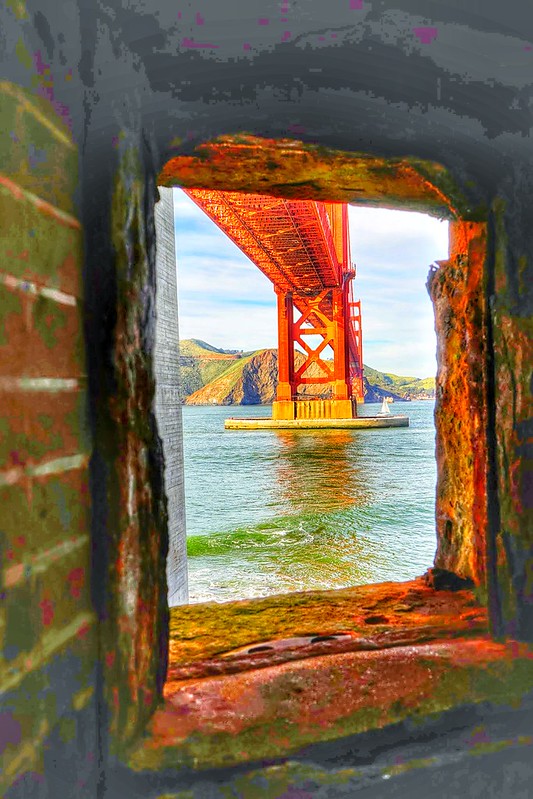
From the rooftop of Fort Point


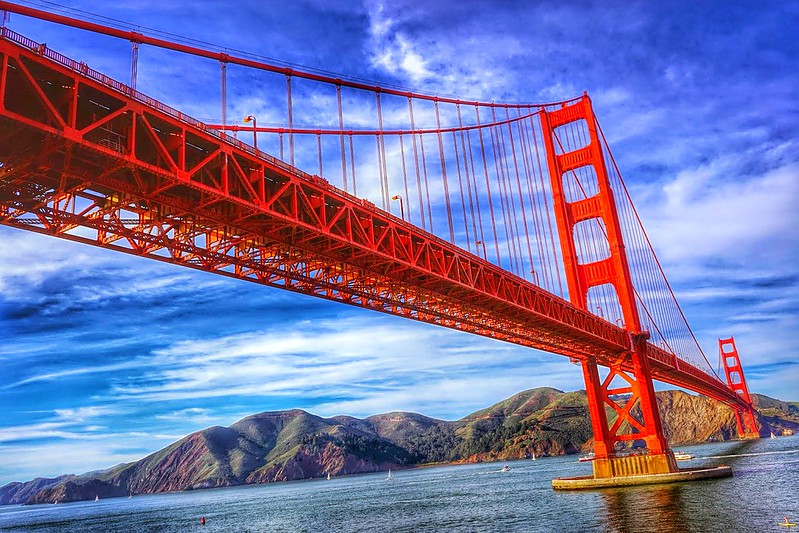
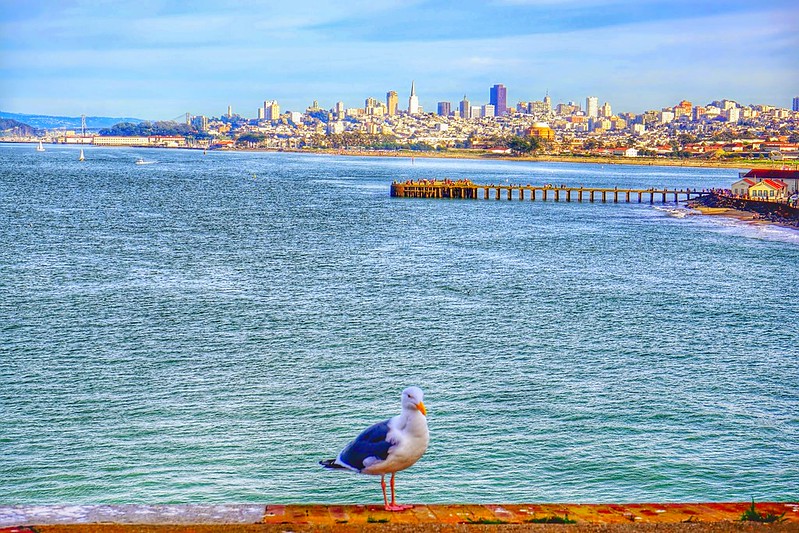
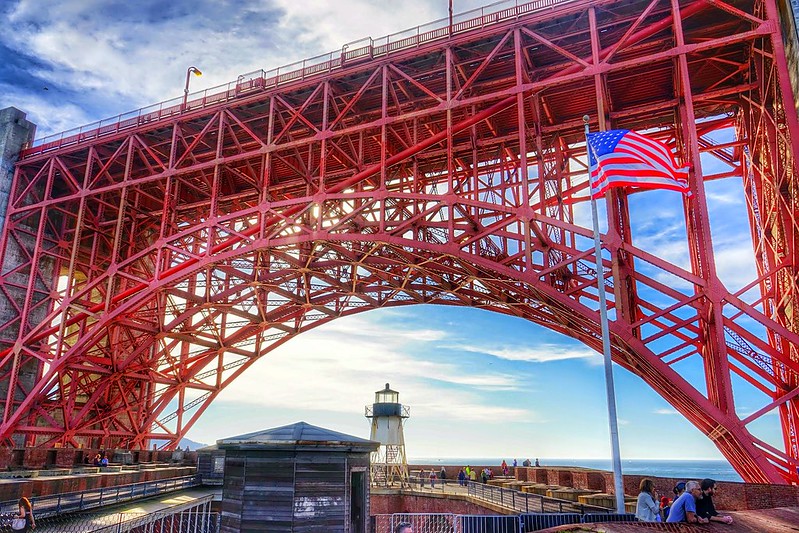
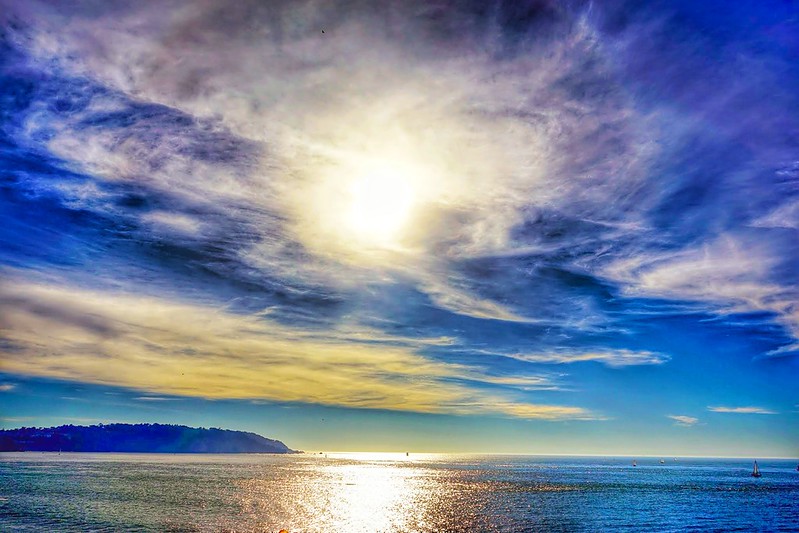
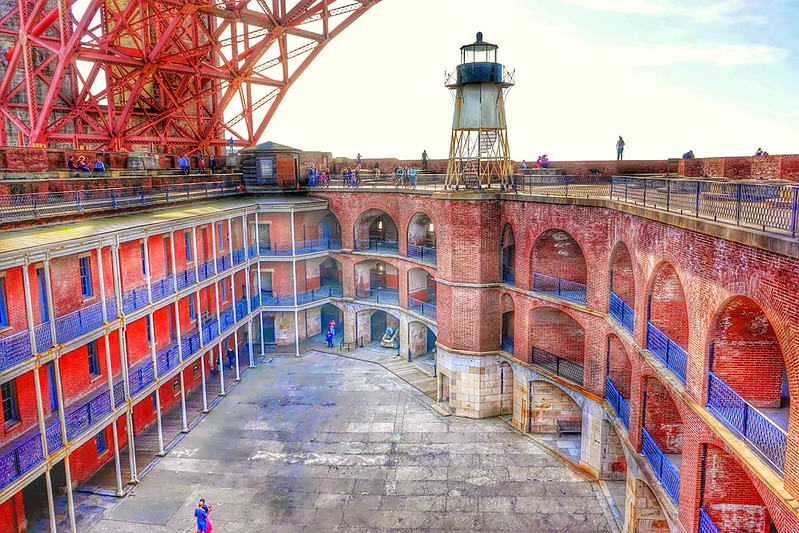

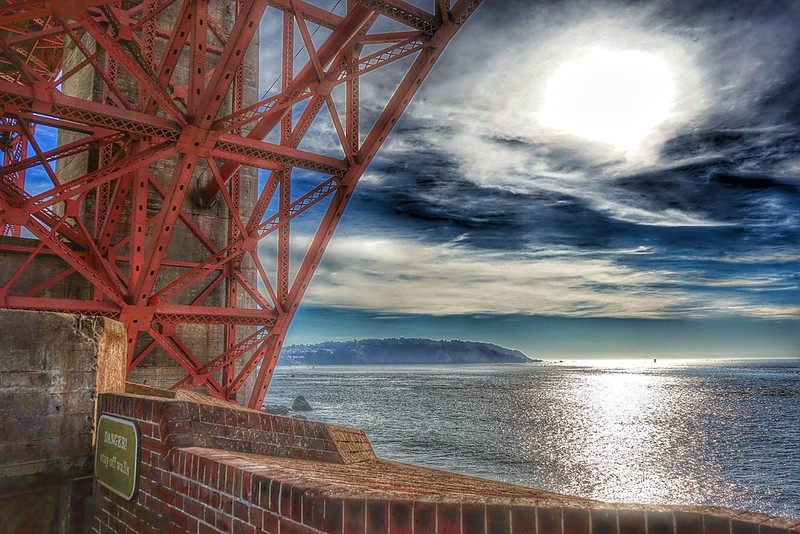


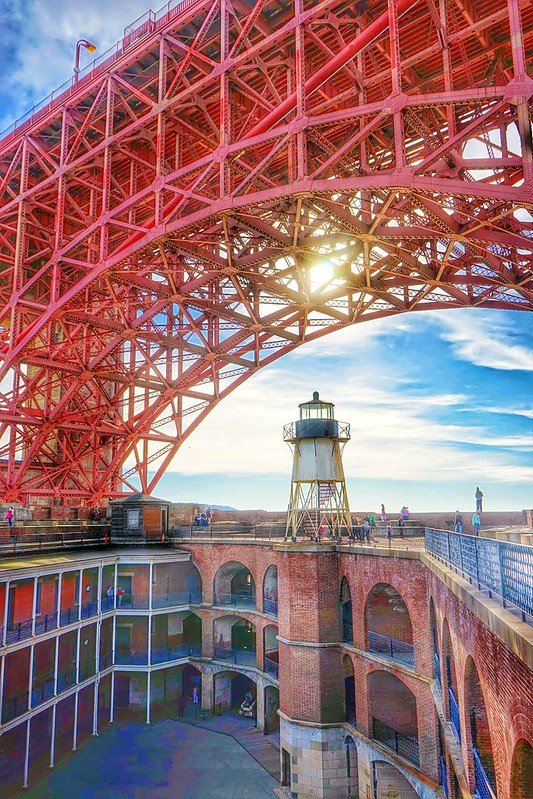
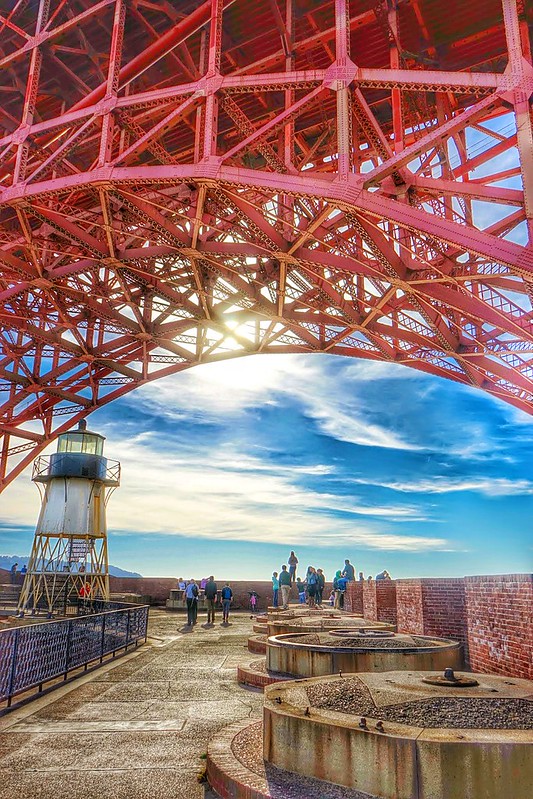

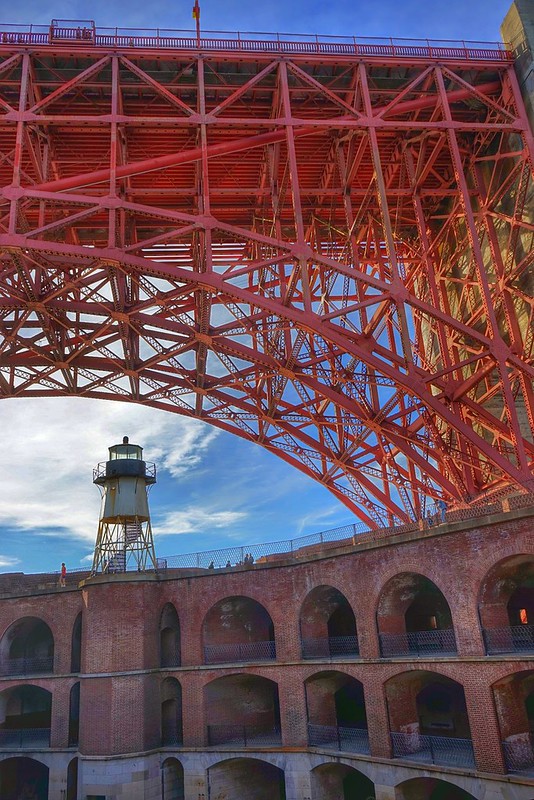
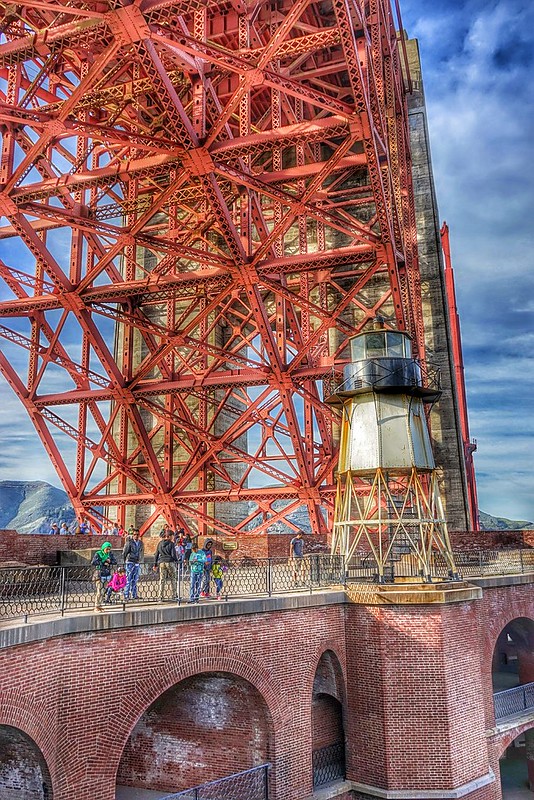
It's pretty amazing to be right under the Golden Gate Bridge!
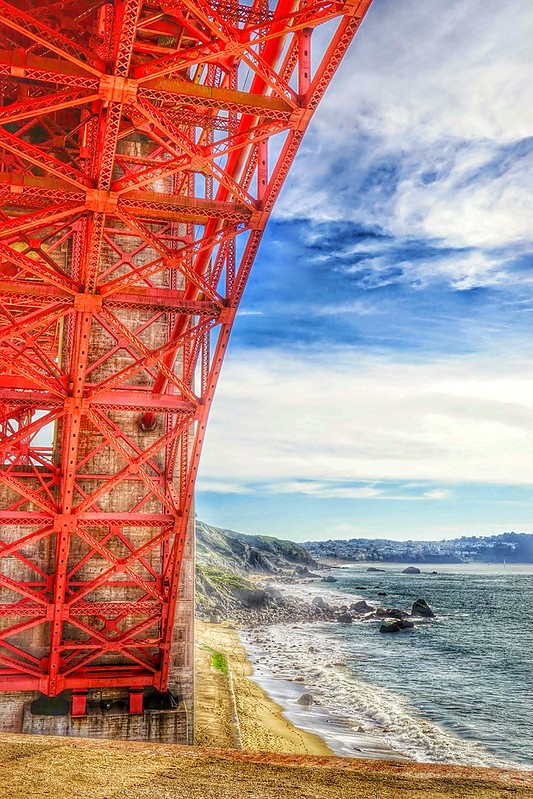
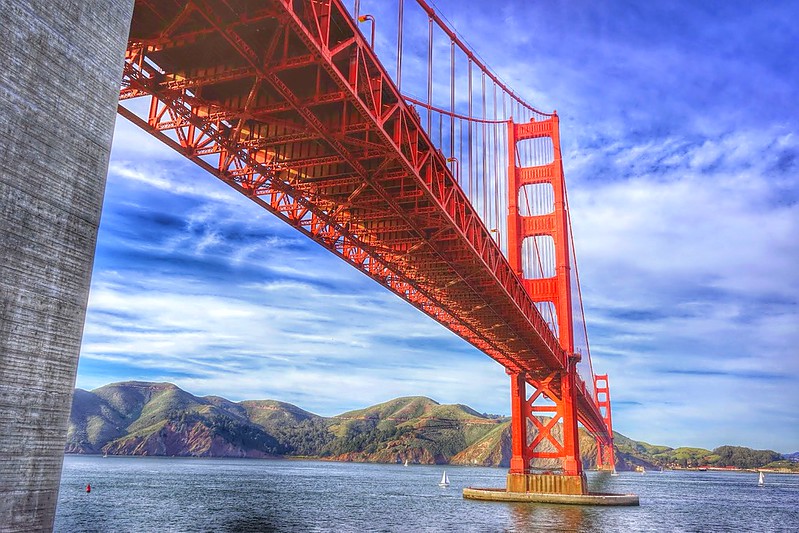

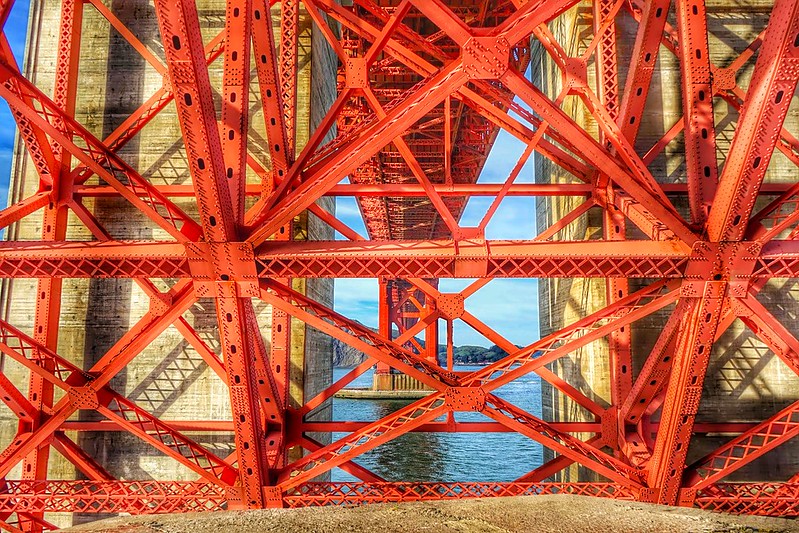
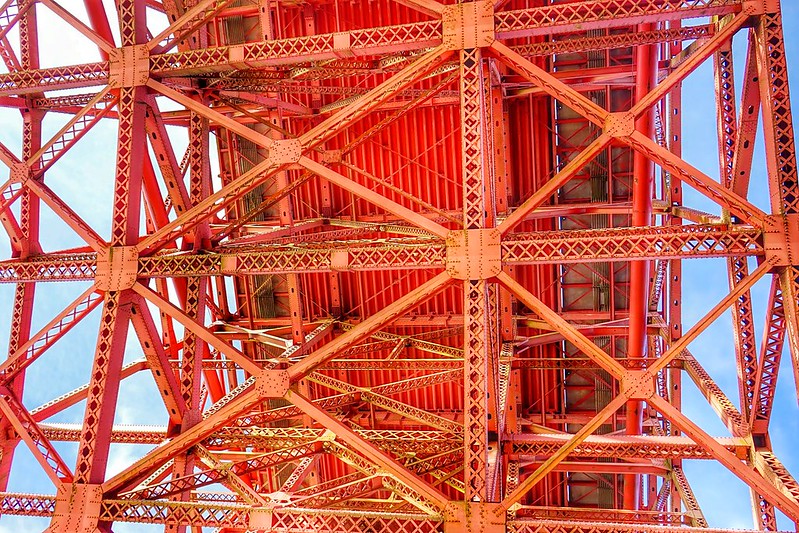
Back down on the patio
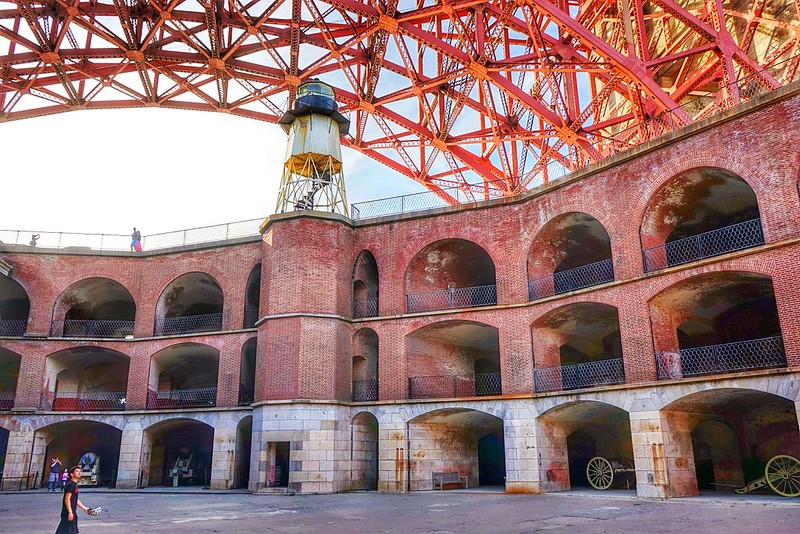
I was super delighted to being able to finally visit Fort Point.
I actually purchased the ticket for We Player's "Macbeth in Fort Point" which seemed to be amazing,
but because of the 2013 US government shutdown, Fort Point got closed on that day and the performance got cancelled, and I never had the chance to go ever since...
Pelican!
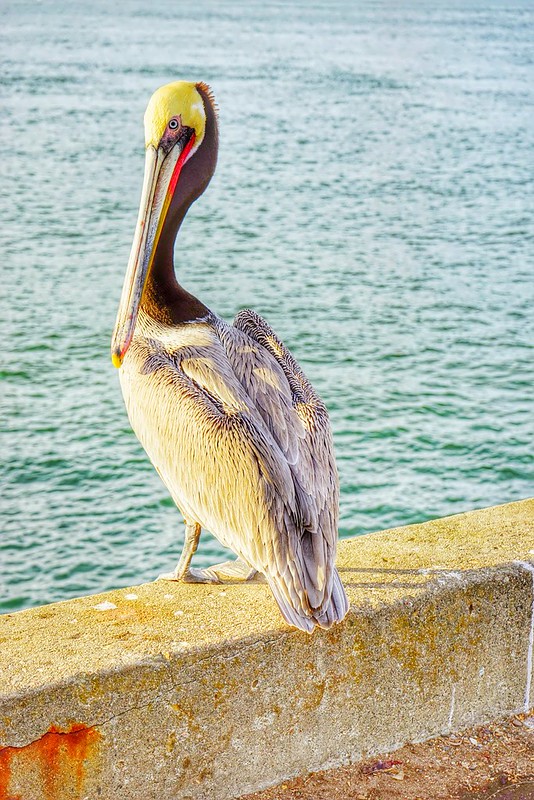
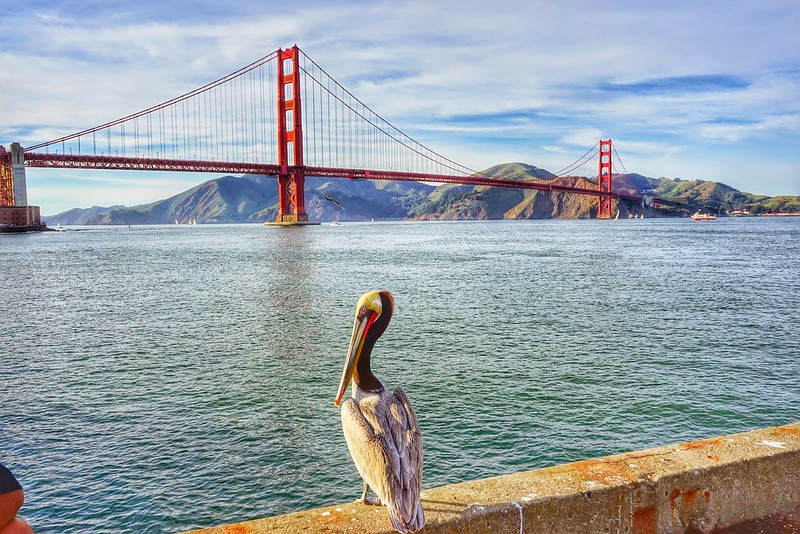
Did you know how they sit? Here it is!
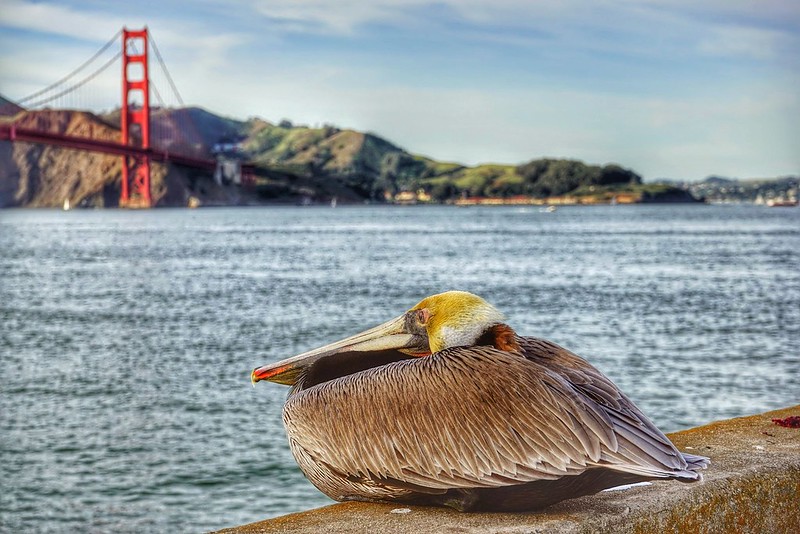
On my way home: Civic Center in the evening.
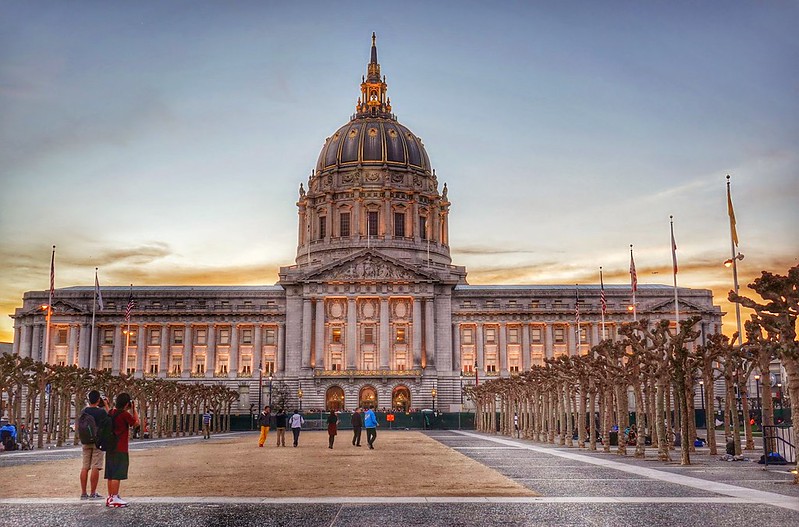
Disclaimer: The opinions expressed here are my own, and do not reflect those of my employer. -Fumi Yamazaki

There's a shuttle to Presidio from downtown.





View of Alcatraz




Crissy Field and view of San Francisco







Getting closer to Golden Gate Bridge







Walking across Golden Gate Bridge on foot.










There's a light house under us.



The other side of the bridge!

Walking back to SF side.




Walking down to Fort Point- it's right under Golden Gate Bridge.



Inside Fort Point.




Lots of cannons.












Entering the exhibit section.






They also had exhibits of the history of African American soldiers in US - the "Buffalo Soldiers".

They fought courageously and with patriotism, but "off the battlefield they experienced discrimination, segregation and repressive laws".

"After the Spanish-American War, the United States remained in Puerto Rico, Guam and Philippines." "There was considerable opposition to the Philippine War within the African American community of the United States. Many black leaders and newspapers supported Filipino independence and felt it was wrong for the United States to subjugate non-whites in what was perceived to be the beginnings of a colonial empire, In spite of this, most African Americans felt that a good showing by black troops in the Philippines would enhance their cause for equality at home."

"During the First World War, the U.S. Army grew to its greatest size since the Civil War. Thousands of blacks either enlisted or were drafted. Many felt the Buffalo Soldiers would form the core of an all-black combat division, but they were denied duty on the Western Front. Instead, the 24th Infantry and 10th Cavalry were assigned to the Mexican border, where the military said a dependable force was needed."
"During the war, President Wilson thought blacks should not hold positions of authority in the Army, particularly in combat. Combat-trained African American officers were sent home and replaced by whites. Most black troops were placed in segregated 92nd and 93rd Divisions."

"Black men and women formed nearly 10% of the military during the World War2."
"African Americans felt they had the right and duty to fight for their country, but, as in World War 1, the War Department considered them unqualified for combat and assigned combat-trained black soldiers to service and supply roles behind the lines."

Back outside in Fort Point.





From the rooftop of Fort Point





















Back down on the patio

I was super delighted to being able to finally visit Fort Point.
I actually purchased the ticket for We Player's "Macbeth in Fort Point" which seemed to be amazing,
but because of the 2013 US government shutdown, Fort Point got closed on that day and the performance got cancelled, and I never had the chance to go ever since...
Pelican!


Did you know how they sit? Here it is!

On my way home: Civic Center in the evening.

Disclaimer: The opinions expressed here are my own, and do not reflect those of my employer. -Fumi Yamazaki
0 件のコメント:
コメントを投稿